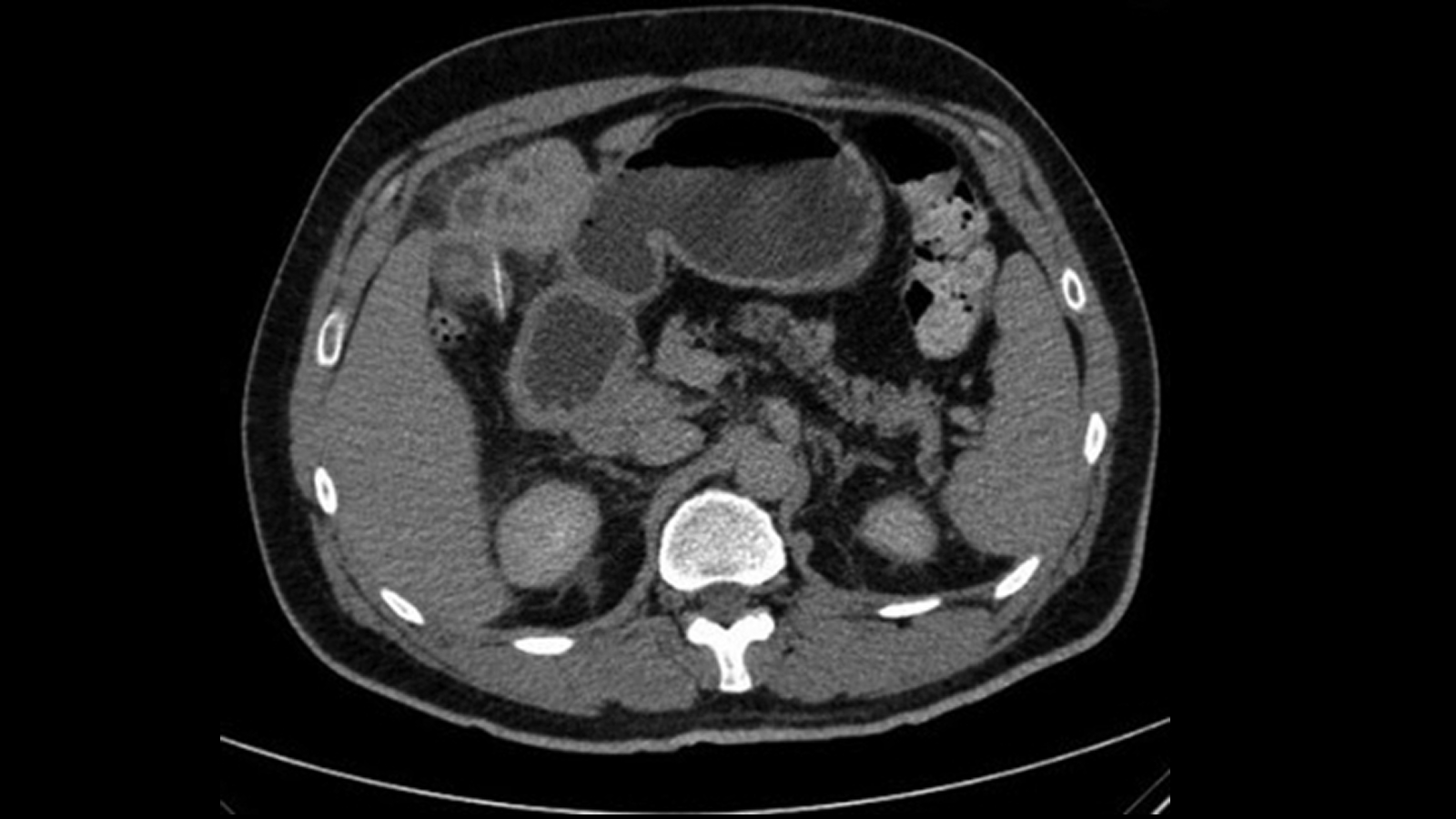
Why it still takes days for banks to give you your money
www.vox.com
This story was originally published in The Highlight, Voxs member-exclusive magazine. To get early access to member-exclusive stories every month, join the Vox Membership program today.If you want to observe a particularly American problem, go open your phones Venmo app. Click on me and then click on transfer. If you have a balance in your account, youll be given two options. Option one gives you your money for free but in up to 3 biz days. The other option is instant, but comes with a price tag of 1.75 percent of the transfer, going up to $25 for large transactions. Getting access to your own money comes with a price, either in time or in cash.The problem is relatively trivial when it comes to settling up restaurant bills with your friends, but for more life-critical things like rent or paychecks, these delays really matter. Its an especially embarrassing situation when other countries, like Brazil, Japan, and the UK made instant bank transfers ubiquitous and affordable years ago.If you work through the full costs of what Americans pay for their payment system, Dan Awrey, a professor at Cornell Law School and an expert on payment systems, told me, its probably the most expensive payment system in the G20 by a pretty significant margin. The Brookings Institutions Aaron Klein, one of the few vocal advocates for instant payments, has estimated that the costs to consumers from delayed payments, from overdraft fees to interest on the loans Americans take out to cover their expenses, could be as much as $10 billion a year.In fairness, the US is trying to do better. For years, the Federal Reserve has been building out an instant payments system called FedNow, meant to supplement or eventually supplant traditional ACH (automatic clearing house) transfers, the slow but cheap multiday check-clearing system now used for many transactions, like paychecks and rent payment. So far, though, its been largely a bust. The services most recent quarterly report, for Q3 2024, reported only 336,000 transactions. By contrast, the Fed processed 5 billion ACH transfers that quarter; next to that, FedNow is a rounding error.FedNow offers faster payments, at a low price to banks, which could help workers get paychecks earlier and move money between accounts more easily, possibly avoiding costly overdraft charges. Why have so few banks switched over?Klein describes it as a case of industry sabotage. Banks maximize profit, Klein summarizes. The slow payment system is more profitable to them.How money movesTo understand why, lets back up for a second. How, exactly, does money move around the banking system right now?The main method, familiar from getting direct deposited paychecks or depositing physical checks, is ACH. This is known as a deferred net settlement system. Individual checks are not processed on their own: If my granddad sends me a check for $50, and I deposit it in my checking account, my bank does not, the second that happens, add $50 to my balance and tell my granddads bank to debit $50 to his balance. Instead, a few times a day the payment authority (in the US, this is almost always the Federal Reserve) will collate millions of check payments made, and then deduct or add the total amount that specific banks owe or are owed when all those payments are processed. This is the net part of net settlement. Once their own books are settled, banks then confirm the charges in individual checking or savings accounts.ACH has changed and sped up over the years, but this basic approach remains. Even so-called same-day ACH often dont post the day theyre initiated. (Zelle, the instant peer-to-peer payment system offered by many banks, is just a wrapper on ACH payments still take days to settle, even though funds are made available earlier than usual to customers.) So payments arent processed in real time, but in batches at regular intervals. That means waiting.Who benefits from this system? Not the people sending or receiving payments, of course. But banks benefit in a few ways. While payments are processed, the sending bank can still use the money being transferred (the float, in finance jargon) to make profitable loans.The systems sluggishness used to be an even bigger problem back when checks needed to be physically present at the bank where theyre deposited before a transaction could be processed. Banks had to use car and plane courier services to schlep checks around and on September 11, 2001, with planes grounded, $47 billion in mid-process payments were stuck, unable to settle. To avoid a repeat of that experience, Congress in 2003 finally passed the Check 21 Act, eliminating the requirement for checks to be physically present. That cut check processing times by one day on average, which per one study, saved check recipients over $1 billion a year, money that used to accrue to banks.While Check 21 reduced float revenue for banks, delays in ACH mean they still get some. If the payments were instant, that source of profit would be gone.Payment delays can also lead to problems like account overdrafts, which in turn allow banks to charge consumers fees. The average fee costs users $27 per overdraft; in 2023 alone, banks earned $5.8 billion from the fees. Most large banks only earn a small share of their revenue from fees charged to checking and savings account holders, of which overdraft and non-sufficient funds fees are the most common type. JPMorgan Chase earned 2.1 percent of its revenue that way per the most recent data available, while Bank of America got 2.7 percent. But a small handful of banks are heavily dependent on the fees to survive.Woodforest National Bank in Texas, for instance, earned 22.4 percent of its revenue, over $192 million, from fees on account holders as of last year. Thats more than the $154.6 million in profit the bank made last year: Without fees, theyd have been in the red. There are several banks in that situation. First National Bank of Texas earned depositor fees worth over three times their profit margin in 2024. Gate City Bank in Fargo, North Dakota, had fees worth more than twice its profits. So too did Arvest Bank in Arkansas, owned by the Walton family of Walmart fame. While the Consumer Financial Protection Bureau has been pushing to lower these fees in recent years, with some success, that seems likely to end with the Trump administrations move to defang that agency.Outside the formal banking system, check clearing delays create demand for expensive, and sometimes predatory, services like check-cashing that charge customers money for deposits that would be free at a normal bank. According to Brookings Klein, about 70 percent of people using check-cashing services already have checking accounts: They just want the money now. Instant payments would remove the market for check-cashers, as well as revenue for banks reliant on overdraft fees.Whatll it take to get fast payments?All that said, it would be overly simplistic to blame slow payments in the US entirely on bank greed. Consumers arent exactly demanding faster payments, because credit and debit cards allow them to experience many payments as though theyre instant.Theyre not actually instant settlement on credit and debit card networks happens in net, batched fashion, just like ACH and the fees involved are exorbitant. Demand for something better than what we have hasnt been great because what we have is reasonably efficient. Timothy Massad, as chair of the Commodity Futures Trading Commission from 2014 to 2017The major credit card networks vary dramatically in what they charge, but for credit transactions, the fees are generally in the 1 to 3 percent range. Retailers pay that every time they charge a credit card. Debit fees used to be in that range, too, until Barack Obama signed the Dodd-Frank Act in 2010, which set a cap, currently at 21 cents plus 0.05 percent of the transaction amount. But some debit transactions, like cashing out your Venmo, still fall outside that cap hence the 1.75 percent fee for getting your Venmo cash. Its not just Venmo, either, as banks like PNC also charge around 2 percent to get your cash immediately.Credit and debit fees are ultimately passed on to consumers in the form of higher prices. But theyre usually paid by the retailer and thus hidden from customers, giving them little reason to object; theyre not listed on a receipt like a sales tax.For individuals, the fact that we have a very extensive credit and debit card industry and then more recently mobile banking and apps on your phone those have made people feel fairly satisfied, Timothy Massad, who served as chair of the Commodity Futures Trading Commission from 2014 to 2017 and works on payments issues, told me. Demand for something better than what we have hasnt been great because what we have is reasonably efficient.Among small retailers, the demand for something better is greater, and louder. Fights against high retailer fees charged by Visa and Mastercard are now a mainstay of congressional politics and the courts; just last year, the two networks agreed to cap fees after a decades-long antitrust suit by retailers. The stakes here could be large: Empirical research Awrey is working on now, he said, is finding that for many small businesses, card swipe fees can eat away a large share of their net margins, and could make the difference between viability and failure. If you look at the squeezing of small business margins, he says, a surprisingly large extent of that can be accounted for by merchant fees and interchange.But itll take more than retailer anger to turn a system like FedNow from its current near-moribund state into something that, say, Vox uses to send me my paycheck, or that I use to send my rent to my landlord. A common thread among countries that have made the transition, like Brazil and the UK, Klein says, is a central bank that fought hard to adopt the new system and overcame objections from banks worried about losing out. That push can yield big dividends. In Brazil, the rollout of the Pix instant payments system has pushed normal transactions at stores away from expensive debit and credit cards and toward Pix, meaning retailers pay lower fees, and dont pass the cost onto consumers. According to research by the Ohio State University economist Sergey Sarkisyan, Pix also spurred much more competition among traditional banks and enabled more Brazilians to get interest-bearing accounts and loans, resulting in benefits for the average Brazilian of around $380 per quarter.But here in the US, the Federal Reserve is not exactly motivated to launch a push like that. Payments are, perhaps understandably, not a focus of the Feds Board of Governors, which is preoccupied with monetary policy and bank regulation (Have you ever met somebody who said that theyre excited to serve on the Federal Reserve Board because they want to focus on payments? Klein asked me. Indeed, Ive met several people excited to serve on the Board and none of them wanted to focus on payments.)Without action from the Feds governing body, the issue falls to the agencys staff, which does not tend to want to rock boats, certainly not those of client banks. But not rocking the boat might mean saddling us with a costly, decrepit, out-of-date payment system for many more years to come.Youve read 1 article in the last monthHere at Vox, we're unwavering in our commitment to covering the issues that matter most to you threats to democracy, immigration, reproductive rights, the environment, and the rising polarization across this country.Our mission is to provide clear, accessible journalism that empowers you to stay informed and engaged in shaping our world. By becoming a Vox Member, you directly strengthen our ability to deliver in-depth, independent reporting that drives meaningful change.We rely on readers like you join us.Swati SharmaVox Editor-in-ChiefSee More:
0 Kommentare
·0 Anteile
·47 Ansichten










